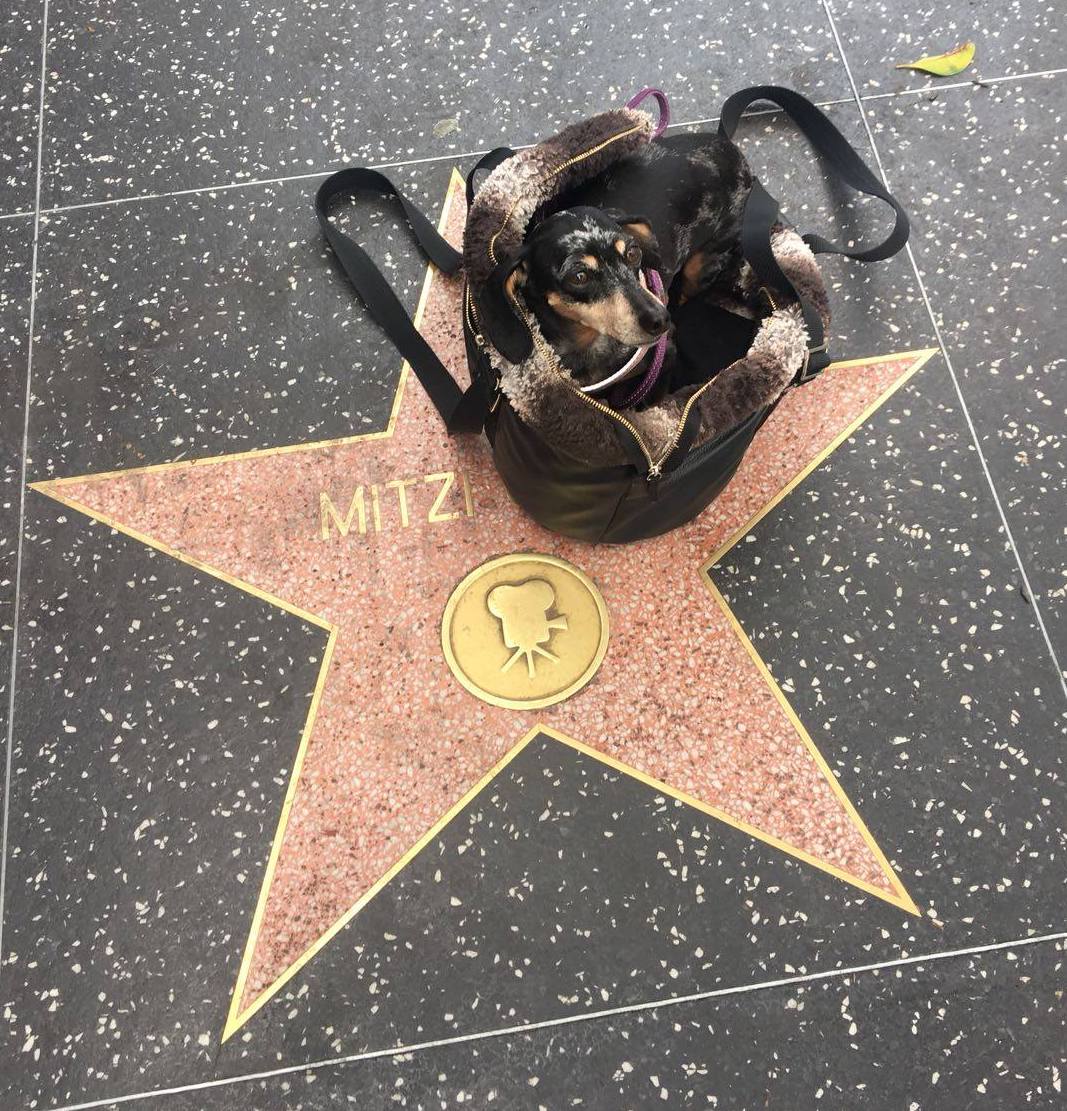
We have bits of information about traveling with our pup sprinkled throughout the blog, but if you’re considering traveling the PanAm with a dog it isn’t too easy to dig out. We’ve gathered a few thoughts, border information, stories and photos to share in one spot. If you have questions about something specific feel free to contact us! We read lots of blogs before we headed out that helped us get prepared and feel confident. We want to return that favor by sharing experiences and add to the knowledge swirling around the web.
The Big Decision: Should I bring my dog on my Overland trip
That is a huge and very personal question. Dogs do add expenses and additional logistics to an overland trip – just like at home! If your dog does well in the car and is friendly with strangers, it will be a great travel buddy. Mitzi has been a magnet for kids and dog lovers, so strangers come up on the street and spark up conversations with us because of her. She often helps diffuse arguments in the car when things get tense – and when you live in close proximity, it’s nice to have a dog to blame all the farts on.
We considered a lot before taking Mitzi with us. Would she deal well with the constant movement (She does). Would she be happy in the car (She LOVES IT). And was there a risk that we would cut the trip short to get back to her? (definitely). Our decision was made easier by Mitzi herself – she is small, loves to sleep and quiet; basically, the perfect overland dog. One reason we picked traveling the PanAm as opposed to other parts of the world was the relative ease with which Mitzi could travel with us.
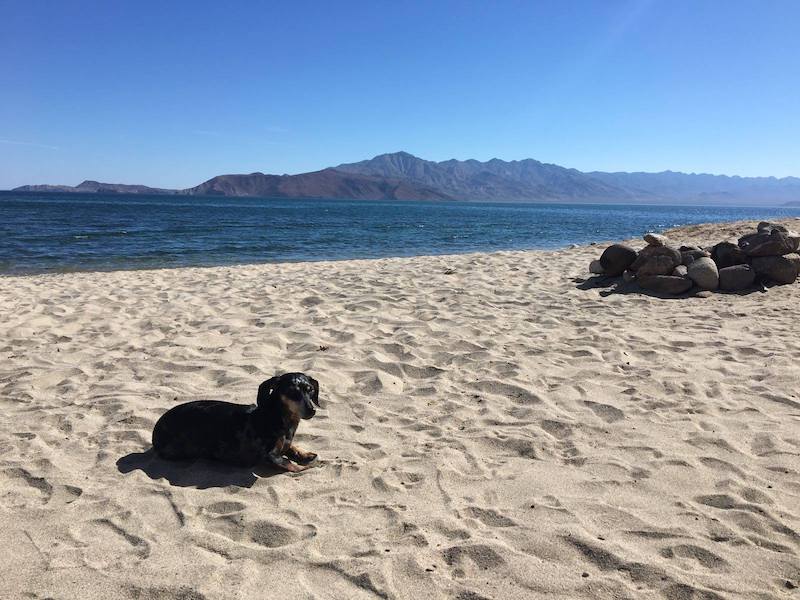
Did we skip anything because of Mitzi? Yes, but she also inspired us to go on bigger adventures. When we went to the Copper Canyon, we couldn’t ride the popular train El Chepe with a dog. So we went on an adventure off the beaten track that we will never forget.
Useful Travel Blogs
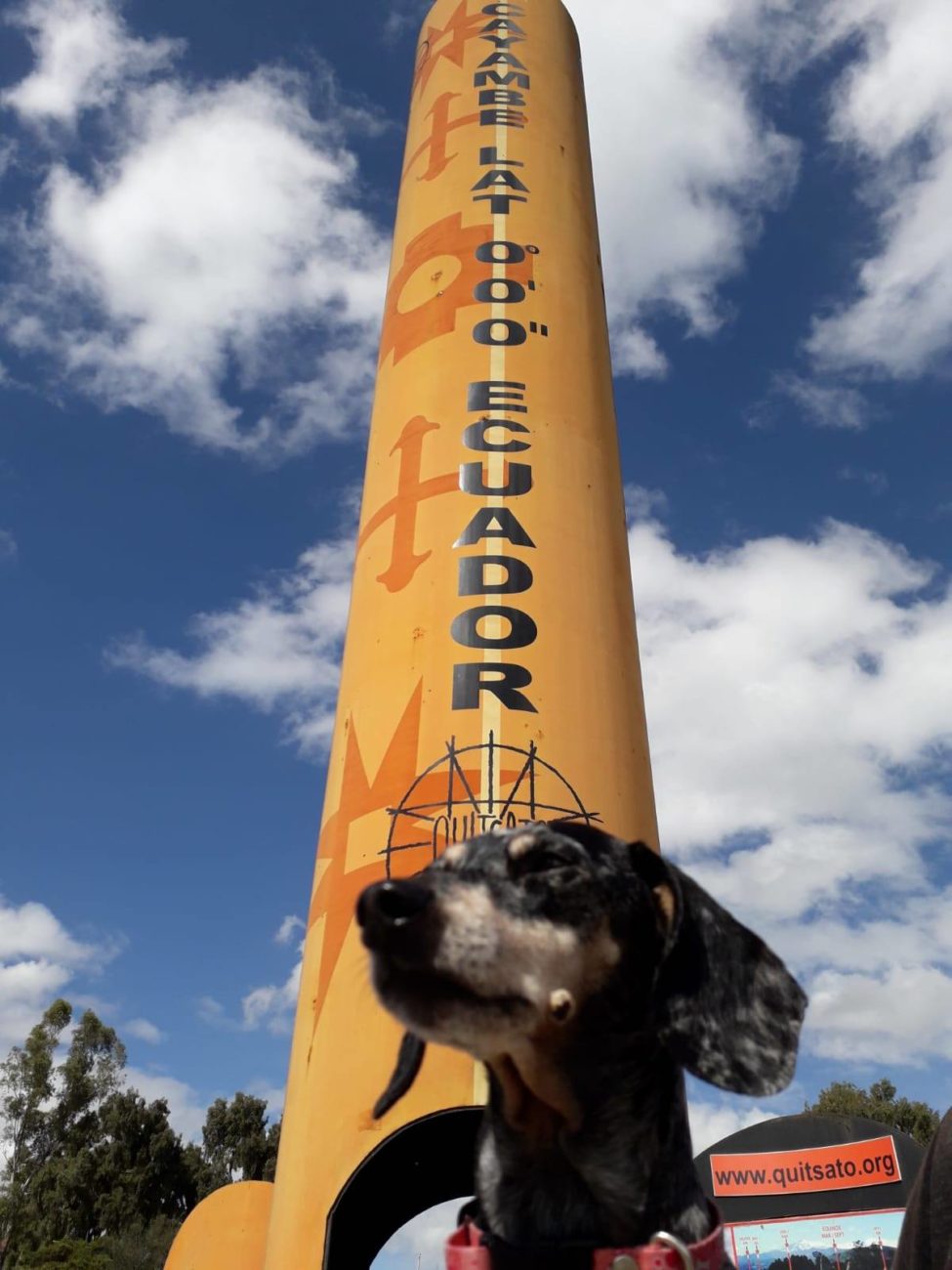
We owe a lot to other overlanders that provided us with priceless information for this trip!
These two in particular have been a huge help to us:
Border Crossings
Border crossings with the dog were a big source of anxiety for me when I started this trip. Though I’ve traveled all over Europe with Mitzi, the joy of European pet passports means I never had to prepare anything special; and honestly, I was never asked to show it. I had only done any proper documentation and preparation before I moved with her from Seattle to Zürich.
What you need to cross the border:
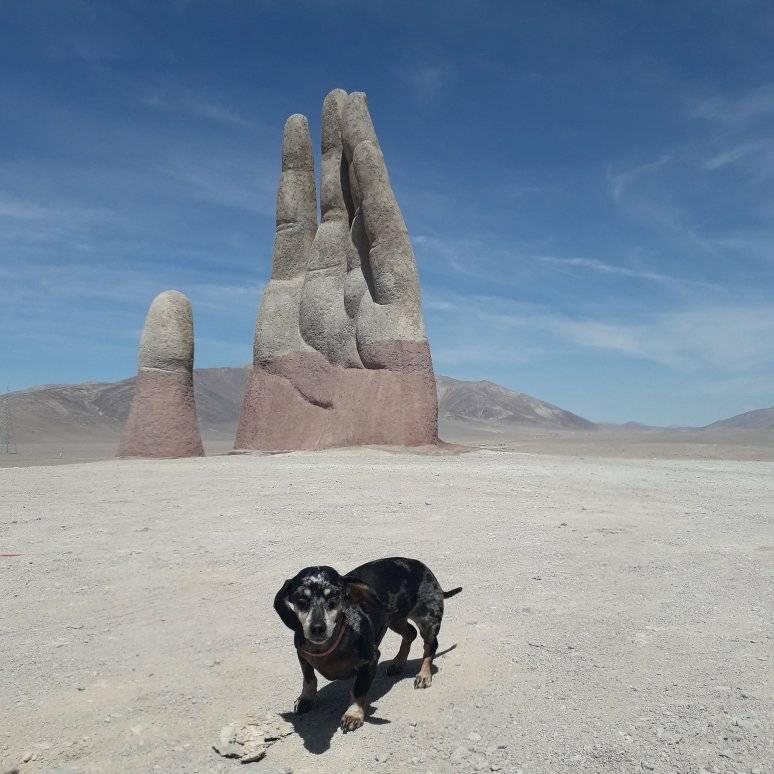
- Vaccine records
- Internal and external deparasitation
- Health certificate from vet
- (Some borders) Export certificate from agricultural office (i.e. USDA, SENASA)
And voila! Ready to go. In more detail….
- Vaccine records (and up to date vaccinations)
If you’re coming from Europe, your pet should already have a pet passport. For use in the Americas, this is basically just an efficient and clear vaccination record. Some Mercosul countries in South America have a pet passport system, but they explicitly state they don’t recognize European ones (because Europe doesn’t recognize theirs; a reciprocity thing).
We still have to follow the rest of the steps, but when we go in for a health certificate (step 3), all we have to do is hand the passport over for a few minutes.
If you’re coming from a country without pet passports, keep an organised folder with the vaccination records.
Rabies should technically be administered between 30 days and 1 year before crossing a border. They aren’t always strict about this, so we let 1.5 years pass before revaccinating. I can’t promise that will work for you, especially in more strict countries like Belize and Chile. If you want to be on the safe side stay in those bounds.
Distemper (DHLPP) was not required at every border, but some needed that so keep up to date and have the record on hand.
- Internal and external deparasitation
Fancy way to say: Dewormer and flea and tick treatment. At home deworming is an annual preventative measure, but we were advised by veterinarians to do a monthly deworming treatment through Latin America.
We use Bravecto for fleas and ticks and have been very happy with it. We had one nasty tick encounter in Southern Mexico and this saved the day. Ticks are disgusting so I’ll leave out the details.
- Health certificate from a vet
Most vets in border towns will be familiar with requirements. You can usually find one recommended in iOverlander or from other travelers. We’ve added all the vets we’d recommend in the app.
- Export certificate from agricultural office (USDA, SENASA, etc)
Some countries you need to take the health certificate to a local agricultural office to get an official form or stamps. Generally vets and iOverlander will tell you which ones. For Belize you also need an import certificate before reaching the border. We’ll talk about that below.
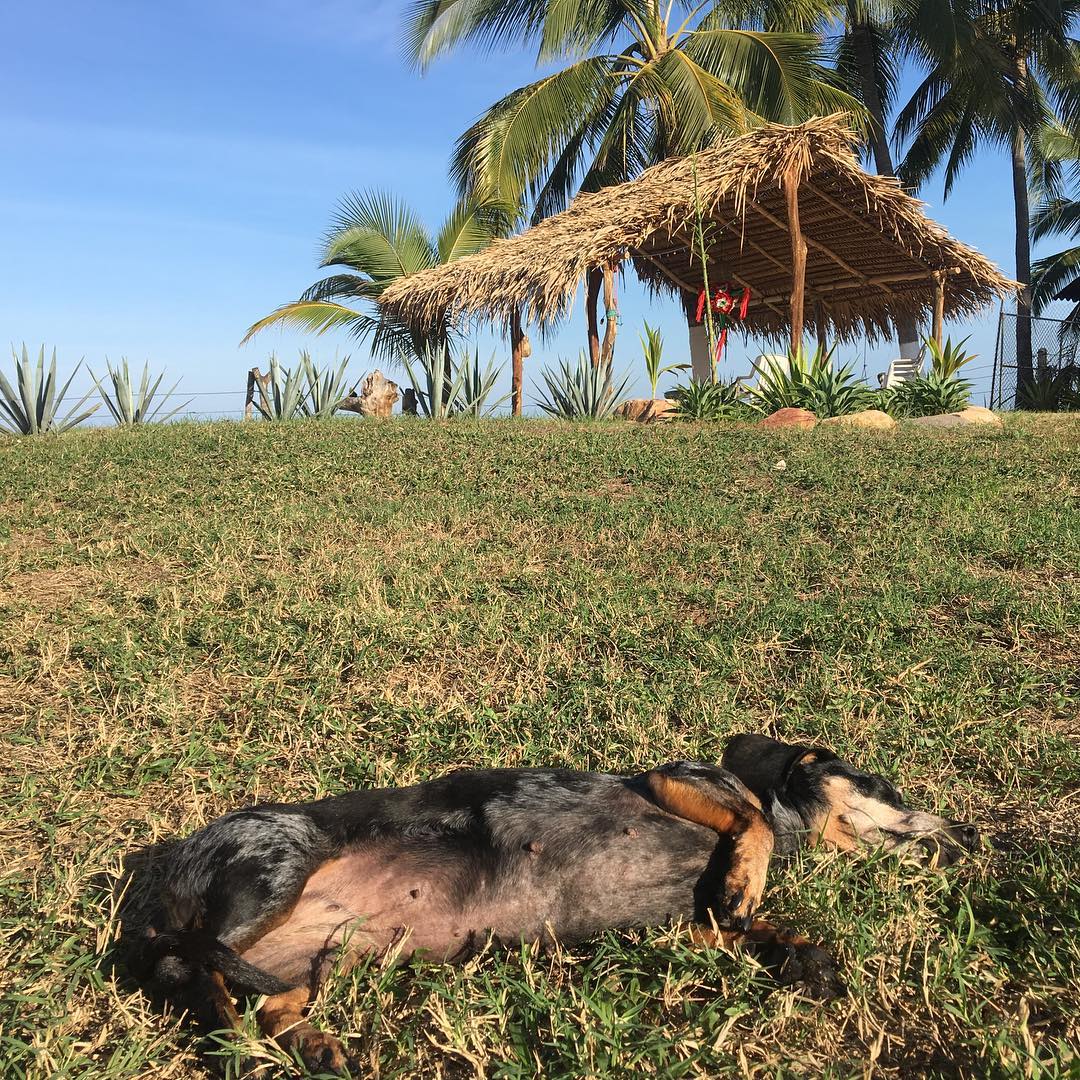
This next part is a work in progress: stories from the borders.
USA to Switzerland
My first border crossing with Mitzi was our big move to Switzerland. I did all 4 steps, which involved going to USDA office 3 hours south of Seattle. It’s been 5 years since the move, so I’m rusty on the details. I’ll be going through it all again end of the year though 🙂
The big takeaway for me was: If your pet was microchipped in the States (or not at all), you will need a new microchip for Europe! Mitzi had the standard AVID 9 digit chip, but Europe (and most of the world) uses the ISO 15 digit chip.
Switzerland to USA
There aren’t super clear guidelines from the USDA about bringing your pet into the states. From what I could figure out you need step 1 and probably 3. My vet wrote a letter in English for me but we couldn’t find anything that felt “official.” There could be differences in state regulations so I only bothered checking from California. I took my up to date pet passport and letter from the vet, but that’s it! Then in LAX all the customs official asked is whether we had dog food. Guess there are bigger issues to deal with than a little wiener dog!
USA to Mexico
We got a health certificate from a vet in San Diego, who did a very thorough health examination on Mitzi. Then at the border, nobody could have cared less.
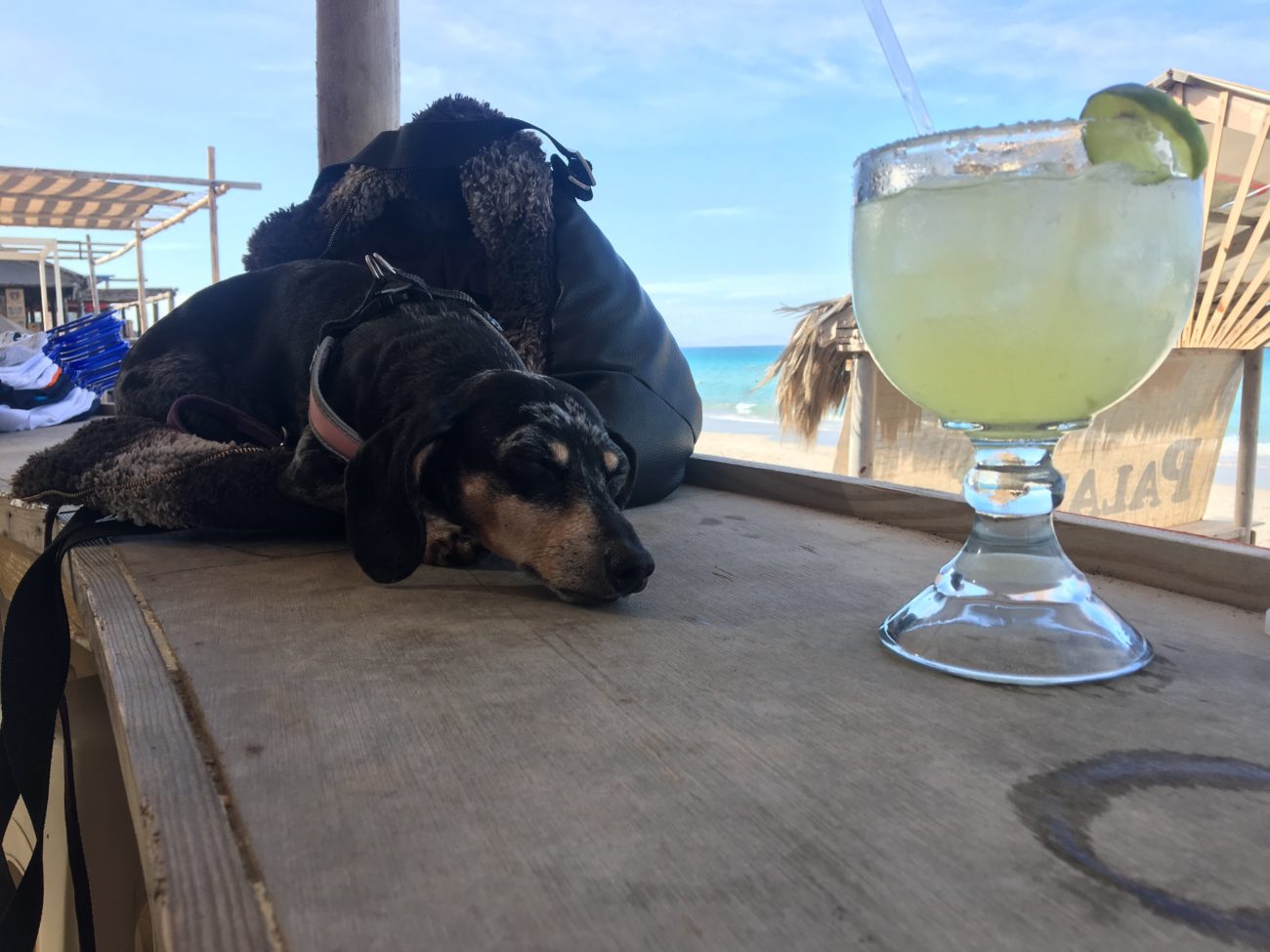
Mexico to Belize
Prior to entering Belize, you need to send an email to their agricultural office to get permission to enter, wait for approval, then pick up a health certificate from a vet in Mexico. You present the approval, health cert, and vaccine records at the border then give them some money. The details change with time (like what email to use), but iOverlander and wikioverlander have it in there. All in all easy, just time consuming and a bit pricy.
Belize to Guatemala
With a fairly recent health certificate we didn’t take any extra steps to prepare for border crossing. And nobody at the border could have cared less. We didn’t announce or register Mitzi and had no problems.
Guatemala to El Salvador
Same as before, we didn’t do anything to prepare and didn’t do anything at the border.
HOWEVER, I would recommend going through the process to get a transit permit for your dog. When we left El Salvador, a police check just before the border they wanted to see one and gave us a hard time for not having it. No fines and we could exit, but it was kind of uncomfortable.
El Salvador to Honduras
We crossed at the northern border in El Poy. It’s a chaotic and confusing border and we decided to again not announce Mitzi. This time we didn’t get away with it. Just after leaving the border area, we were stopped for inspection and they wanted to see her papers. They didn’t accept our European dog passport, and sent Rachel and Mitzi back with the police to the agricultural office. They were doing it as a favor – the chaos just made it nearly impossible to get back there without sirens and lights – but I wouldn’t put riding in the back of a Central American police car on my Top 10 experience list (though it did have A/C).
The agricultural office decided they needed a new health inspection on Mitzi… the guy they sent looked like he was 18 years old, was definitely untrained and just poked her a bunch and laughed. More money paid and we got a new health certificate as we sat and watched countless street dogs run freely across the border. Friends traveling later that day had the exact same experience as us (minus the police escort).
Honduras to Nicaragua
We crossed Nicaragua during the height of protests against the Ortega regime, so the border was empty of people except for the employees. I handed them the paperwork I received in Honduras and some money, and they quickly passed back a permit. They also marvelled at how much Honduras had charged us.
Nicaragua to Costa Rica
Took pet passport and papers from Honduras and Nicaragua into the agricultural office. First employee insisted something was missing from Nicaragua (it wasn’t). We came back 15 minutes later when his boss was back, who took care of issuing permit.
Costa Rica to Panama
We decided to cross on the Caribbean side, mainly because the Pacific border is widely known to charge a dubious $100 “home quarantine” fee. We did the full Steps 1-4, but honestly I think this border doesn’t need export papers, just health certificate, which would have saved time and money. The guys at the border were super friendly and chatty. Ended up being the most expensive border crossing, though.
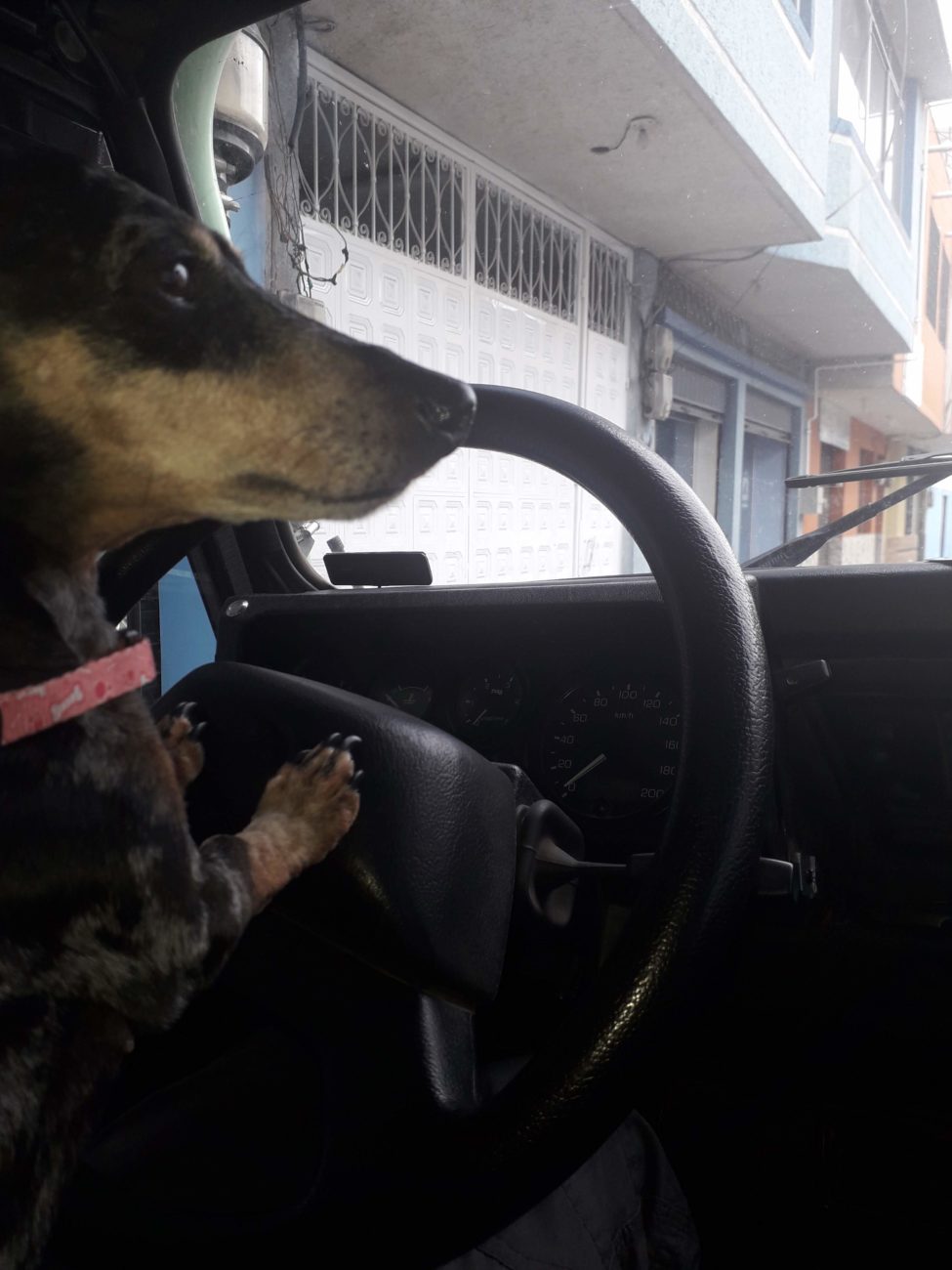
Panama to Colombia
We sailed to Cartagena and avoided the whole paperwork process.
Colombia to Ecuador
Didn’t do anything. The border is preoccupied by managing the refugees coming south from Venezuela and couldn’t have cared less about a couple of tourists.
Ecuador to Peru
We crossed at the tiny eastern border early in the morning. We didn’t plan to do any paperwork for her, since most travellers we heard from hadn’t needed to. The Aduana guy asked if we had needed paperwork and we dubiously said Yes; he seemed satisfied.
Peru to Chile
The strictest border in the whole PanAm is definitely Chile. The process to get ready for the border is a bit of a pain and can take a full day. You need all the steps 1-4 completed before you arrive at the border, plus deparasitation needs to be recent (15 days). Most vets near the border know the whole process, and don’t even care to see proof that you’ve given the dog parasite treatment. We picked up a health certificate in Tacna, Peru for about US$10, then headed over to the Peruvian agricultural office (SENASAG) and forked over another US$30 for proper export forms.
Somehow we ended up on an abnormally busy day at the border, and the agents were so rushed they couldn’t be bothered with Mitzi. They saw her – I had her in her bag and they made eye contact – and saw I had a document from SENASAG, but just sent us on our way. Probably the first and last time this will happen so don’t push your luck and try sneaking in!
Argentina to Chile
SAG = Chilean Agriculture office
SENASA=Argentinian Agriculture office
We went to SAG office in Cochrane for heading over to Argentina, but were able to use that permit to re-enter Chile for 60 days. We crossed back into Chile 3 times (2x on Tierra del Fuego, once at Puerto Ibañez) with that document. With a SAG document it’s pretty simple. Keep copies on hand and they’ll take one copy and stamp the back of the original.
Our last time across to Chile we needed new documents, since the SAG one was over 60 days old. We got a health certificate and export certificate from SENASA in Jujuy, and crossed at Paso Jama. They were very thorough inspecting the documents and printed up a document that basically stated they had allowed her to enter. Documents from Argentina are only valid for 10 days to enter Chile.
Chile controls all food items including dog food. Pro Plan can be bought across the border by tourists since it doesn’t contain any controlled ingredients.
There are a lot of complaints about SAG at the border with Chile, but we only had positive experiences. The laws to enter Chile are very strict, but the agents we encountered were well trained and friendly. We always had the proper paperowrk, we were up front with the dog and openly handed over all uncooked produce in our possession. The laws can feel extreme (you can’t bring in a closed bag of certain brands of dog food, even though you can buy that brand in Chile), but the SAG agents aren’t making up the rules, they are there to enforce them no matter how silly they seem.
Chile to Argentina
First border crossing we had fresh documents from SAG in Cochrane, but the one guy operation at Paso Roballos didn’t care to see them. He also didn’t take away our produce, so we might have just had the most apathetic border agent ever.
We picked up SENASA documents in Rio Gallegos for heading to Ushuaia. They are valid for 30 days of reentrance into Argentina. We crossed into Argentina 3 times with them, but they were only checked once at Futaleufú.
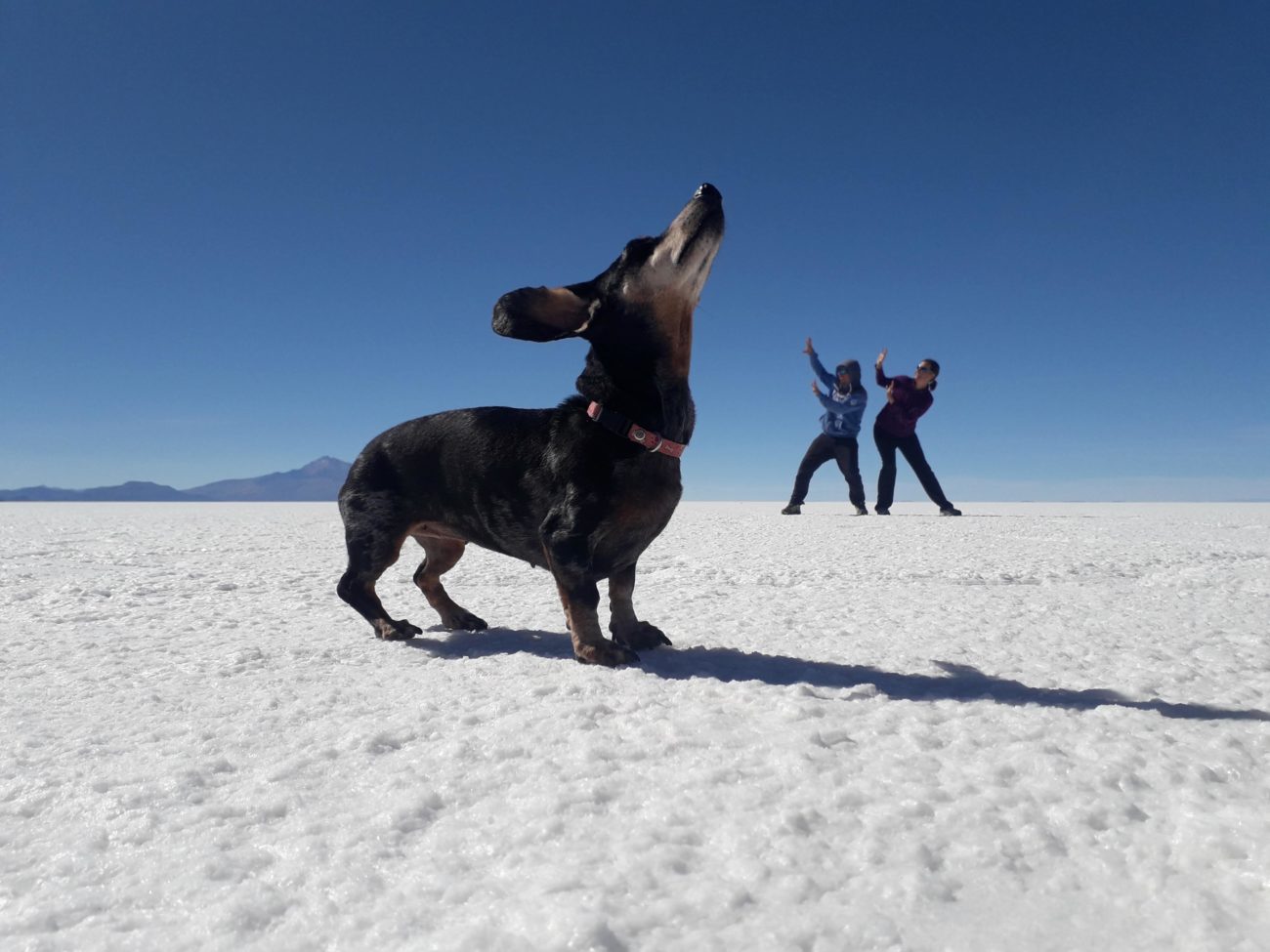
Chile to Bolivia
Our health certificate was only 5 days old, so we didn’t do anything extra for the border. And nobody cared anyways.
Bolivia to Brazil
We did steps 1-3, then at the border nobody even looked the car, let alone the dog.
